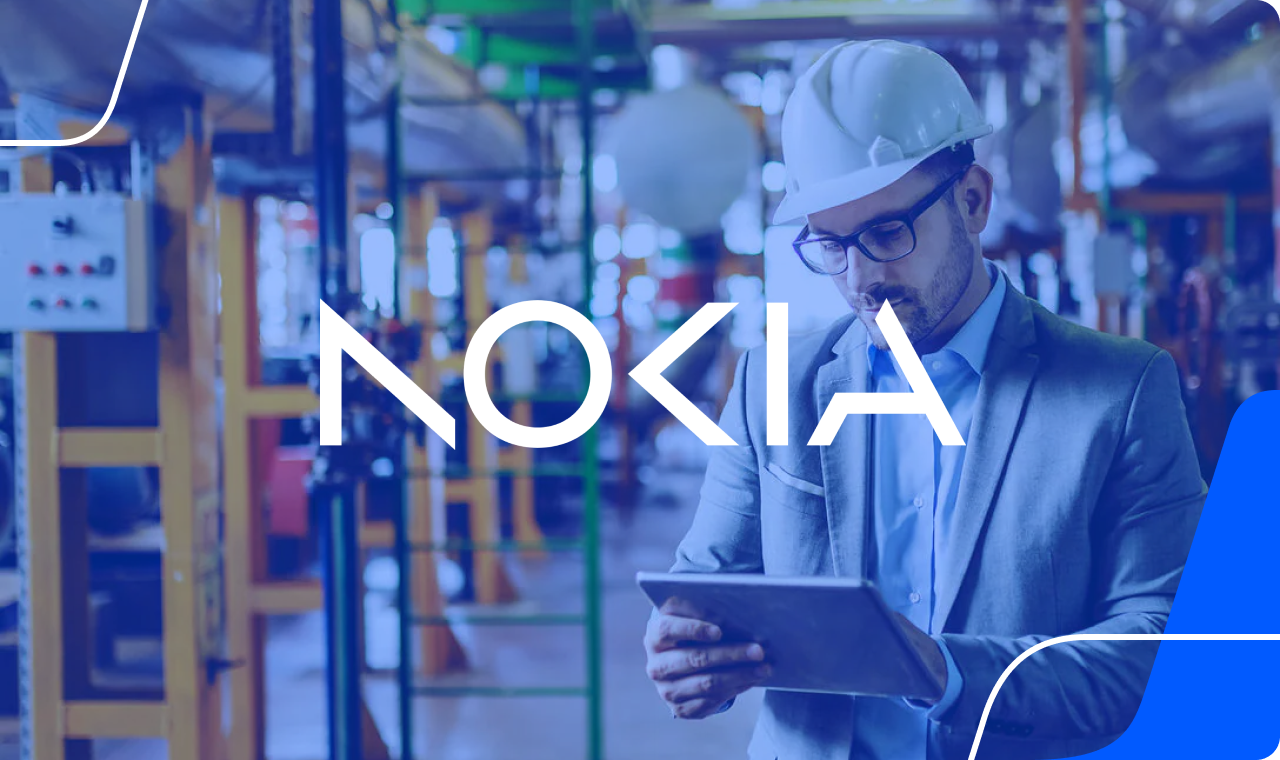- Solutions
- Solutions primary
- BY TEAM
- BY INDUSTRY
- BY USE
- BY SIZE
- View all solutions
- Solutions secondary
- Solutions primary
- AI
- Features
- Features primary
- Most popular
- first column
- second column
- third column
- fourth column
- View all features
- Most popular
- Features secondary
- Choosing the right plan
- Features primary
- Integrations
- Integrations primary
- MOST POPULAR
- first column
- second column
- View all integrations
- NEW
- first column
- second column
- View all integrations
- MOST POPULAR
- Integrations secondary
- Integrations primary
- Pricing
- Resources
- Resources primary
- Most popular
- first column
- second column
- third column
- Most popular
- Resources secondary
- Latest Blogs
- Try CloudTalk
- Resources primary
- Partners
FEATURE VS. FEATURE
Contact Center vs Call Center: The Ultimate Comparison
Which will help your business boost customer experience more: A call center or contact center solution? Let’s put them to the test, delving into their definitions, differences, similarities, and software features.
Contact Center
Call Center
Difference Between
Call Center and Contact Center
Parameter
Call Center
Contact Center
Primary Goal
To deliver effective phone-based customer service.
To deliver effective customer service across different channels.
Communication channels
A key difference between contact center and call center solutions; call centers focus solely on phone support.
Phone, email, live chat, social media, SMS, and more.
Self-Service Capabilities
Interactive Voice Response (IVR) systems.
Chatbots, self-service knowledge base, community forums, and IVR.
Cost
Relatively low cost (especially if you opt for a hosted solution) which is one of the main advantages of call center software.
A higher level of investment compared to call center software.

What Is a Call Center & How Does It Work?
A call center is a department dedicated to providing customer service over the phone. Call center agents handle inbound calls from customers to address a variety of issues. They can also make outbound calls, such as for outbound sales, fundraising, and marketing.
Calls can be made and received via traditional phone lines or, more commonly, using a hosted call center solution. Hosted call centers house your hardware and infrastructure off-site, and provide advanced features, integrations, and automation.
What Is a Contact Center & How Does It Work?
A contact center delivers customer service across numerous channels, providing broader accessibility to customers. So, as well as telephone support, contact center agents may communicate with customers via email, social media, live chat, SMS, video conferencing, screen sharing, and more.
To achieve this, companies use contact center solutions that centralize all of these communication channels into a single interface. They also use CRM integrations, artificial intelligence, automation, and advanced telephony features.


Call Center vs Contact Center: Which Is Best For Your Business?
In the call center vs contact center debate, it primarily comes down to what channels your company needs to support. And, just as importantly, whether you have the budget and resources to viably support them.
If customers want support via diverse channels, it may make sense making the extra investment for a contact center solution. However, many businesses don’t have the resources for multichannel support, and it’s possible to deliver exceptional customer service purely over the phone.
Pros and Cons of Call Centers and Contact Centers
Call Center
You Can Fully Optimize Your Phone Support
If the telephone is your only support channel, you can invest more into a call center solution with advanced features to optimize support. Plus, call center agents can focus 100% on delivering timely, personalized service on one channel.
You Won’t Need as Many Staff
You only need agents to staff your phones, which means that you don’t need to hire and train as many employees. This lowers costs and may enhance efficiency—smaller teams are often easier to manage and support.
You Can Handle a Higher Volume of Calls
Instead of having to split agents between channels, you can have everyone focus on answering phones. This can potentially increase the volume of calls you handle per day.
You Can Cut Operational Costs
All you need to pay for is your call center software subscription and telephony equipment (phones, headsets, etc). So, as well as cutting labor costs, you also avoid the additional costs required to facilitate multichannel support. Plus, call center software costs are generally lower than contact center software costs.
You Don’t Let Customers Choose Favored Channels
57% of customers prefer to seek help via digital channels: SMS, chatbots, video remote assistance, and social media, for example. When you fail to meet customers on their favorite channels, you risk losing them to competitors with a multichannel presence.
You May Risk Disjointed Customer Experiences
The phone isn’t always the most convenient channel for customers, especially if your call center is only open during business hours. Having only one contact option makes it more difficult to create an accessible, available, and streamlined customer experience.
You Could Put Up Language Barriers
Non-native speakers of your company’s main language may feel nervous about speaking to someone. And, if they do phone in but none of your agents speak their language, it can lead to frustration, miscommunications, and slower resolutions.
Contact Center
You Can Meet Customers Where They Are
Instead of forcing customers to switch channels to solve an issue, contact centers let you connect with them in their favorite places. In turn, you streamline customer journeys and drive speedier resolutions and increased satisfaction.
You Have More Sources of Customer Data
You can enrich your customer insights by gathering analytics and feedback across different channels, rather than just your phone system. You could collect analytics from social media, chatbots, live chat, and more.
You Can Scale Customer Support More Readily
Some channels, like live chat and email, are easier to scale to meet immediate demands. For example, agents can handle simultaneous live chat conversations and email interactions, something that isn’t achievable with phone calls.
You Can Get a Better ROI
As well as allowing you to scale your customer support, contact center software enhances ROI by automating manual tasks, integrating with your CRM, and providing analytics that can be used to make data-driven improvements.
You May Have to Invest More to Set Up
Contact center solutions typically cost more than call center solutions due to the additional channels they support. Make sure to research CCaaS pricing to get a better idea of the upfront investment.
You’ll Need to Train Agents on More Channels
Because contact center agents need to know how to use multiple channels with the same degree of expertise, you’ll need to set up a more comprehensive training program.
You May Struggle to Deliver an Omnichannel Experience
Delivering omnichannel experiences (when all of your channels are seamlessly integrated and connected) isn’t easy. If you’re not careful, you could end up with siloed channels and disjointed customer experiences.
OUR FEATURES
Discover 4 most popular
VoIP features

What Are The Similarities Between Call and Contact Centers?
Call centers and contact centers both handle inbound and/or outbound calls. So, they share a primary goal: To deliver high-quality telephone service. To achieve this goal, both departments invest in technologies that give them powerful calling features and automation to optimize the process.
Companies can also operate either a virtual call center or virtual contact center. Both use cloud-based technology to enable agents to answer phone calls remotely, empowering them to work from anywhere.
Which Are Must-Have Features For Call or Contact Center Software?
Whether you set up a contact center or call center, there are some must-have software features. IVR and call routing optimize your customer journeys and streamline operations.
With built-in analytics, you can glean real-time insights into your performance and make improvements based on demand as well as long-term goals. Call monitoring lets supervisors listen in and give advice on live phone calls, and call recording is an invaluable feature for monitoring, training, and compliance.

Contact Center vs Call Center FAQs
What Should I Consider When Choosing a Call or Contact Center?
A key thing to consider is call and contact center pricing. Setting up a contact center is typically more expensive than setting up a call center, so you’ll need to evaluate which option is the most viable for your budget.
Next, consider your specific customer service needs in alignment with your business goals. Identify what channels your customers prefer and whether your current agents have the skill sets required to use these channels effectively. And, lastly, consider what must-have features you need in your solution.
How Is Training Different For Call and Contact Center Agents?
Both call and contact center agents will need to brush up on their call center terminology and telephone skills. However, contact vs call center training is generally differentiated by the communication channels involved.
Call center training focuses exclusively on helping agents perfect their telephone customer service. As well as communication skills, it teaches agents how to navigate the call center software and use its features efficiently.
Contact center training educates agents on how to use a variety of communication channels to provide support, such as social media, live chat, and video.
This requires more in-depth training. Agents must be able to navigate each channel efficiently and communicate with the appropriate etiquette. Plus, they may need to hone your agents’ multi-tasking skills so they’re able to switch between channels and hold multiple conversations at once.
Do Customers Prefer Call or Contact Centers?
Research by Statista reports that the top three customer service channels used by customers are email (64%), web/application chat (47%), and social media (36%). Phone calls come in fourth at 30%, which makes the case for contact centers.
That said, phone calls still reign supreme as the most effective customer service channel. Salesforce discovered that 77% of companies have adopted phone calls into their customer service strategy and report it to be the best method for handling complex issues. That’s due to its live, familiar medium, which suggests that call centers are still central to customer needs.
What Is an Omnichannel Contact Center?
An omnichannel contact center handles high volumes of customer and prospect interactions across multiple different channels. Unlike a multichannel contact center, where each channel exists separately, an omnichannel contact center syncs customer data and customer service interactions in real-time.
So, from one unified platform, agents can see past customer interactions and gain conversational context to provide fast, seamless, and personalized experiences.































